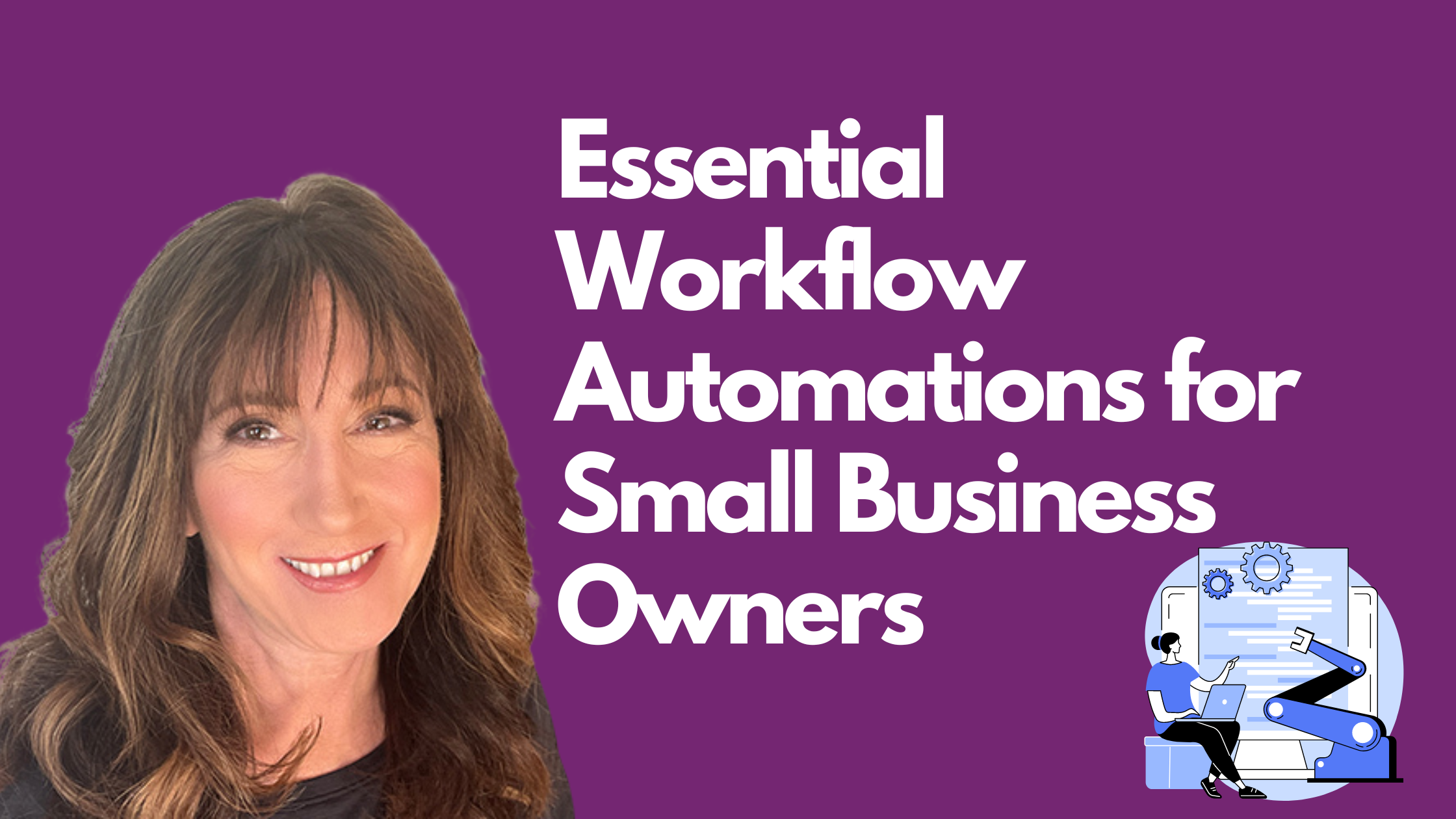Essential Workflow Automations for Small Business Owners
Automation

In the fast-paced world of small businesses, where every second and cent counts, finding ways to do more with less isn’t just an advantage; it’s a necessity. Enter the hero of our story: workflow automation. It’s like having a virtual assistant that never sleeps, handling repetitive tasks with precision, and freeing up your most valuable asset—time. This blog post will walk you through the ins and outs of workflow automation, showcasing why it’s a game-changer for small business owners and how you can implement it to turbocharge your productivity and efficiency.
Why Workflow Automation is a Small Business Superpower
Imagine slashing the time you spend on administrative tasks, reducing errors, and boosting customer satisfaction, all while you focus on growing your business. That’s the power of workflow automation. By automating routine tasks, you’re not just saving time; you’re enhancing accuracy, consistency, and ultimately, your bottom line. From automating invoicing and payroll to streamlining customer service and email marketing, the possibilities are endless.
Getting Started with Workflow Automation: Tips and Tools
Diving into the world of automation might seem daunting, but it’s simpler than you think. Start by identifying repetitive tasks that consume a significant chunk of your time. These could be anything from managing emails to scheduling appointments or social media posts. Once you’ve pinpointed these tasks, it’s time to explore tools and platforms that can take these off your plate.
Essential Automation Tools for Small Businesses
- Customer Relationship Management (CRM): Tools like MyLeadHub automate customer interactions, follow-ups, and data entry, ensuring you never miss a beat in customer service.
- Accounting and Invoicing: MyLeadHub can also automate invoicing, payroll, and financial reports, keeping your finances in check without the headache.
- Social Media Management: MyLeadHub‘s social media planner allows you to schedule posts in advance, analyze performance, and engage with your audience across multiple platforms, all from one dashboard.
- Email Marketing: Automate your email campaigns, segmenting your audience and personalizing messages to enhance engagement and conversions with MyLeadHub.
Overcoming Common Challenges
While the benefits are plentiful, implementing automation can come with its hurdles. Concerns about cost, the learning curve, and integrating new tools with existing systems are common. However, the long-term gains far outweigh these initial challenges. Starting small, choosing user-friendly platforms, and perhaps most importantly, being open to change, can make the transition smoother.
Wrapping Up: Your Next Steps in Automation
Embarking on your automation journey might be the best decision you make for your business this year. Begin by assessing your needs, researching tools that align with those needs, and taking advantage of free trials to find the perfect fit. Remember, the goal is to work smarter, not harder.
